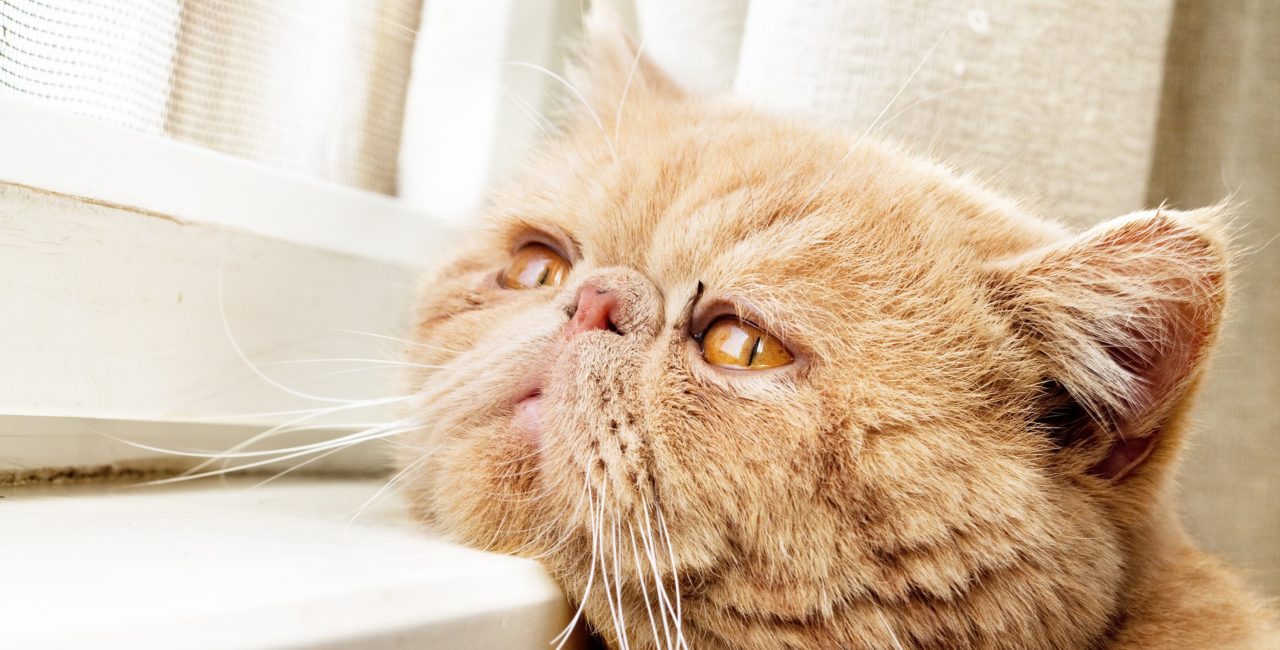The hardest part about being a pet owner is having to say goodbye. End of life decisions are never easy to face and it can be very difficult to know when that time has come for your beloved cat.
Euthanasia is defined as a deliberate intervention undertaken with the intention of ending a life, to relieve intractable (persistent, unstoppable) suffering. As veterinarians, upon beginning our careers, we take an oath in which we solemnly swear to prevent and relieve animal suffering. So by definition, and through the veterinarian’s oath, the purpose of euthanasia is the ending of an animal’s life to relieve its persistent suffering when there is no other option or solution. Euthanasia is intended to be compassionate and merciful, with the needs of the patient being the primary deciding factors. As veterinarians, it is our responsibility to act as advocates for our patients and do what is in their best interest in every medical decision, including euthanasia.
Cats are extremely well adapted at hiding their pain and suffering, which can make a decision on the time for euthanasia to be even more difficult. If you are struggling with this decision, have your cat evaluated by your veterinarian to assess if pain medications or other therapies are available to increase your cat’s quality of life.
Remember that old age is not a disease, and that there are many very effective ways to manage chronic illness and pain in senior cats. If your cat is dealing with chronic illness or cancer, and you would like an objective way to help you to assess his quality of life, you can refer to a quality of life scale chart.
- Behavioural issues are one of the most common reasons that cats are surrendered to animal shelters and euthanized. Euthanasia for behavioural causes is controversial, as it does not meet the criterion of persistent, unstoppable suffering. Feline behaviour issues such as inappropriate elimination (urination or stool outside of the litter box) and inter-cat aggression can be treated and often resolved, and should not be a reason for euthanasia of an otherwise healthy cat.
- Finances often will play a role in an owner’s the decision to euthanize a cat. Veterinary care, laboratory testing and medications cost money and not all owners can afford to treat their cat’s health problems. If the issue is financial, and a patient has a treatable or curable health condition, then re-homing or surrendering the cat to a reputable rescue organization or animal shelter are viable options, and must be the first considerations. Remember that it is not the most humane option to end a cat’s life, rather than re-home and treat him. Cats can go on to live long, happy lives with new owners after they have been treated and re-adopted.
- Life circumstances can change for all of us. New babies in the home, moving, travel, job loss, owners developing pet allergies and even death of owners are all reasons why some cats may be presented for euthanasia at veterinary clinics. While we may not be able to control or prevent these life changes, they do not make euthanasia a viable or acceptable option. Animals are not disposable. In choosing to foster the life of an animal, you take on the responsibility to find a solution for that animal’s welfare, even if your situation changes. Finding new homes for cats is possible through friends, family, social media, local rescue organizations and shelters. If you need help getting in touch with these organizations, speak with your veterinarian. Abandonment or euthanasia are never acceptable.
As a veterinarian, and a cat owner, I know the sadness and loss that comes with losing a pet who is a member of your family. We never want to have to make that decision or feel the void that is left afterwards. The reality is that for most of us, we will have to face that awful day. I am thankful that we can offer a peaceful and painless passing for our beloved pets, that spares them a great deal of pain in their final days. That is the purpose of euthanasia. It is the final act of kindness.
Dr. Tiffany Lennox, DVM




